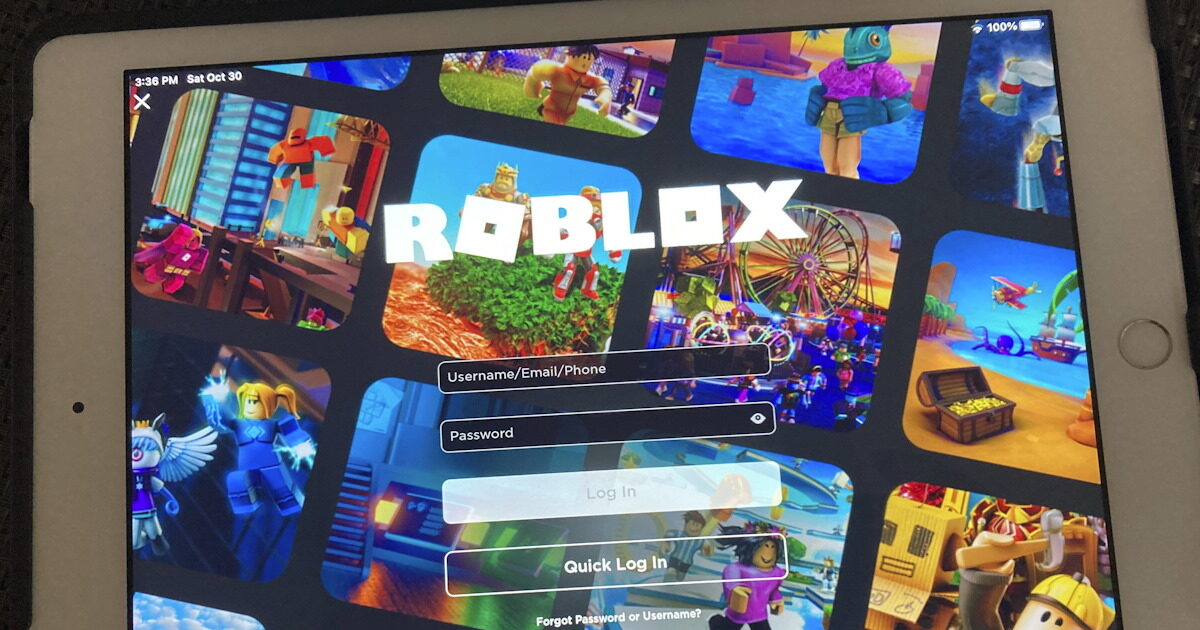Roblox is one of the most popular games online video games in the world with more than 100 million daily active users, of which half are children under 13s, while in Australia, a study found they played an average of 137 minutes a day.
A reporter from the Guardian decided to “test this world” to see what draws children to the video game and to find out if the game is really safe for children. Her experience as an avatar of an eight-year-old girl reveals the tragic reality after experiencing sexual harassment, bullying, insults and generally being confronted with inappropriate and dangerous content in the game.
This platform is presented as a “space of creativity and learning”, where children can live different virtual experiences from adventure games to social simulations. That’s why parents and guardians let their kids roam freely in the game, with peace of mind and thinking it’s safe for them. But is it really so?
So the journalist started her investigation by creating an account and declaring a date of birth corresponding to an eight-year-old child. Within minutes, her avatar, a body with the proportions of an adult woman, appeared on her screen in a “room” full of unknown users.
Despite the “happy” aesthetic, the environment already felt strange since avatars with adult bodies, sexualized movements etcconversations that were very different from childhood.
During a week of research, she toured dozens of virtual rooms in the game, night clubs, casinos, horror games and social interaction spaces with all parental controls active.
The result that the journalist saw was shocking: bullying, threats, offensive language and sexual innuendo it was literally everywhere. So how can such a place be suitable for minor children?
The most popular game for girls on Roblox is Dress to Impress (DTI). This allows little girls to “dress up” like adults, chat and be rated by other users while a recent game update allows them to to throw virtual tomatoes or “garbage” against other players, for money. The operation was characterized by experts as “paid humiliation”, which rewards bullying.
Still researcher claims that the game promotes gambling as he says “the platform encourages kids to pay to win – for access, for clothes, for upgrades. This is exactly the gambling model, just disguised as a game.”
The journalist, after her extensive research, described dozens of incidents where her avatar received online attacks and sexual innuendos, often by older users. In one game, other characters made aggressive moves against her. In another, a group of players publicly humiliated her with offensive comments.
Her conclusion is that Roblox is not just a game, but a massive social network with no real controlwhere children are exposed to dangers they cannot perceive.
“Within a week as a kid on Roblox,” she writes, “I saw how a game that’s advertised as ‘safe’ for kids can become the most dangerous part of the internet.” Because of this placement, this research needs to be done a “lesson” for parents who should pay more attention to how, how much and if their child should use such a toy.
